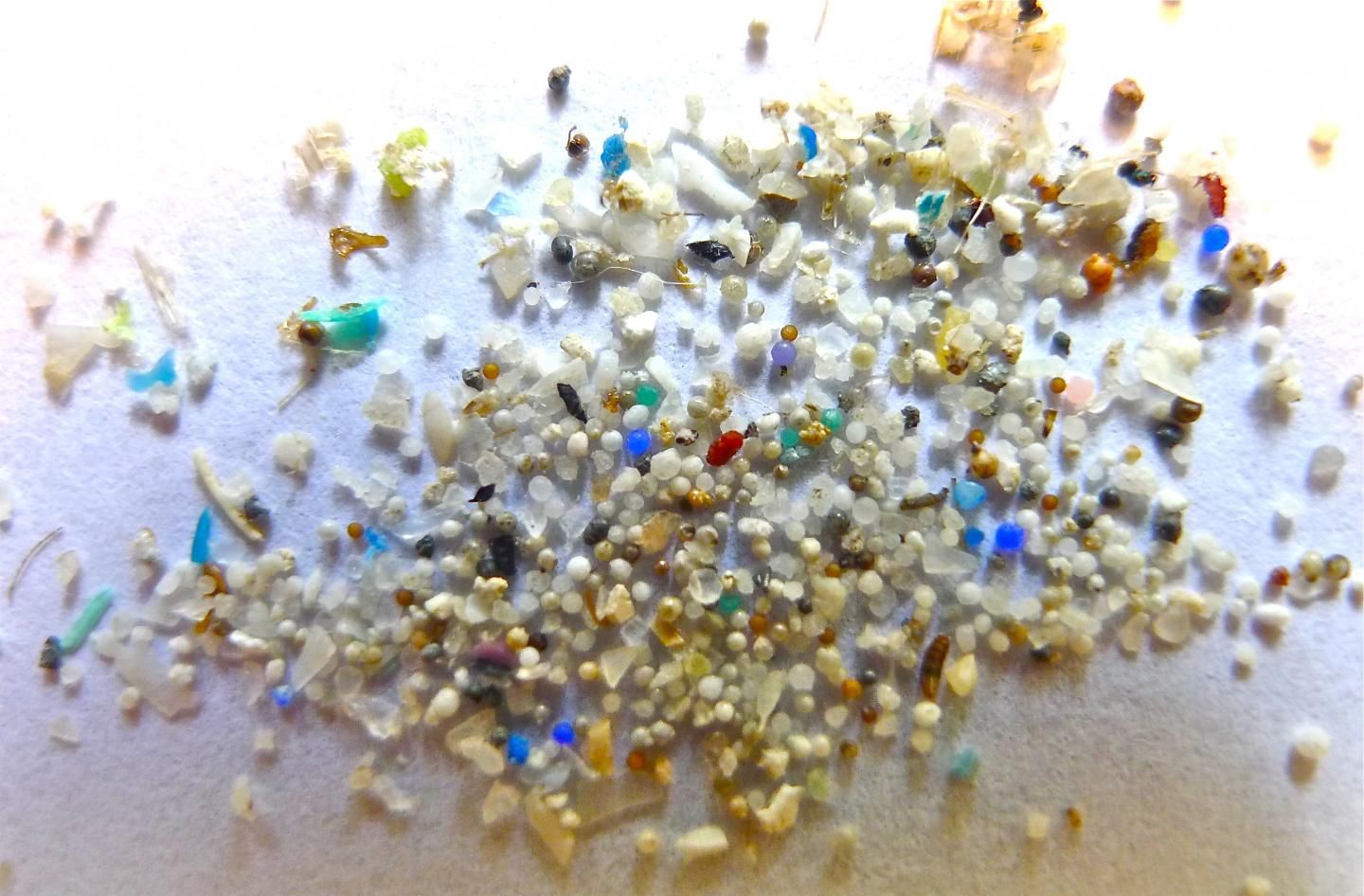
After plenty of damning scientific research and years of reminders from environmentalists that microbeads are a terrible, no-good, disastrous idea, President Barack Obama signed a bill into law this week banning them for good.
Microbeads are the tiny plastic spheres used as exfoliants in face wash, toothpaste, deodorant and just about any other beauty products on the shelves. For a while in the early aughts, you could be forgiven for thinking that the presence of "exfoliating beads" in your face wash made it a better product. Everyone likes to exfoliate. But manufacturing plastic at such a tiny scale and then disseminating them by the tens of thousands into nearly every American home turned out to be a really, really bad idea. Our wastewater treatment plants are not designed to handle the microbeads, which means they mostly wind up back in the environment. They also don't biodegrade, so they stay in the ground and waterways virtually forever. A large volume of microbeads are winding up in all the wrong places.
In a paper published earlier this year, researchers at the University of California Davis and Oregon State University found that roughly 8 trillion microbeads are currently finding their way into streams and oceans in the U.S. every single day. That's enough tiny plastic balls to cover more than 300 tennis courts. And that's only 1 percent of the total microbeads discharged each day.
The other 99 percent wind up in sludge from sewage plants, because the designers of sewage plants did not anticipate the need to sift out minuscule bits of plastic from the rest of the waste the plants handle. It gets worse: Sewage sludge is often used as fertilizer on farms. That means plastic microbeads are being sprayed all over rows of crops, where, again, they do not biodegrade. The microbeads then run off the land with rainwater, winding up in—you guessed it—streams and oceans. Then they end up in aquatic animals' stomachs, where they may be toxic.
"We've demonstrated in previous studies that microplastic of the same type, size and shape as many microbeads can transfer contaminants to animals and cause toxic effects," Chelsea Rochman, a postdoctoral fellow at the University of California Davis and the lead author on the analysis, said in a statement.
The new bill, called the Microbead-Free Waters Act of 2015, requires manufacturers to eliminate microbeads from their products by 2017.
Uncommon Knowledge
Newsweek is committed to challenging conventional wisdom and finding connections in the search for common ground.
Newsweek is committed to challenging conventional wisdom and finding connections in the search for common ground.
About the writer
Zoë is a senior writer at Newsweek. She covers science, the environment, and human health. She has written for a ... Read more
To read how Newsweek uses AI as a newsroom tool, Click here.








